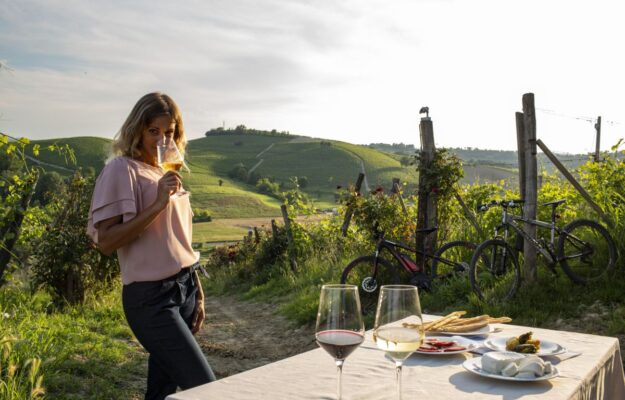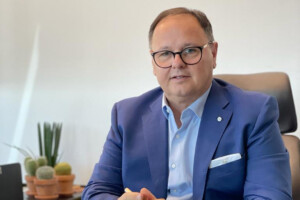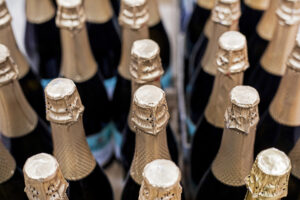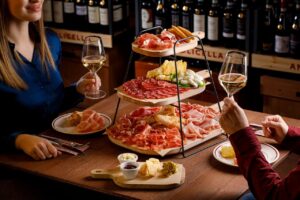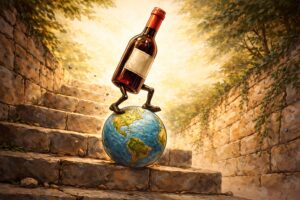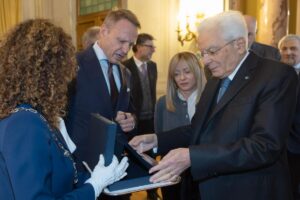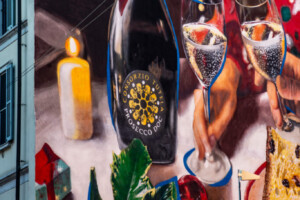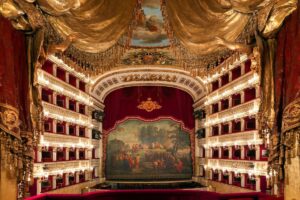“The great desire for variety on the part of tourists, but also to experience natural and open spaces and at the same time food and wine: as data from the European Travel Commission show us, Europeans, even in winter periods, place these two aspects at the top among the stimuli that can entice them to undertake travel, further confirming their importance, by now, as a travel motivation for twelve months of the year”. These are for Roberta Garibaldi, author of the “Report on Food and Wine Tourism in Italy”, the main trends of food and wine tourism in 2024, a strategic asset for the Belpaese and the wine and food territories, which moves, on average and according to estimates, 14 million tourists for a turnover of 2.5 billion euros.
A sector of which, to WineNews, she also draws the 2023 balance sheet. “2023 was supposed to be for wine and food tourism the year of overtaking 2019, considering that 2021 was characterized in the first months still by the Covid emergency and that the one just finished was the first year in which tranquility of movement returned for all 12 months”, explains the vice president of the OECD Tourism Committee and president of the Italian Wine and Food Tourism Association. “It was an important year for many territories, others suffered a bit, so the trend was patchy. There was a strong growth in international tourists, and therefore the territories most projected to welcome them had very positive data, but there was also a share of Italians and Europeans who were unable to travel due to rising costs, inflation and consequent difficulties on the economic side”. For the professor of Tourism Management at the University of Bergamo, the focus for the future of the sector “must be shifted to the issue of human resources, a strategic asset of our tourism, in which professional figures should be better defined, aiming to enhance talents, to attract them to the sector and to start them on appropriate training paths. There is a lot of dynamism from this point of view, and there are also many universities that are getting active on this content, and this is really positive. I emphasize that there is a need for clarity on managers and figures other than those who make and organize the food and wine experiences, and who, in some cases, depending on the companies, could take care of the strategic and planning part. What is needed is a renewed and increased knowledge of these roles, skills and the most appropriate training paths. st as it would be interesting to start thinking about a specialized guide to fulfill these types of routes and that could also embrace those who have integrated knowledge and skills, from agriculture to tourism for example, such that they could accompany tourists among wineries, oil mills, olive presses and so on. It would be nice to see this opportunity arise through a new professional figure in the near future”.
A new professional figure that could also accompany tourists in the Food and Wine Museums that more and more people would like to find in the territories they visit, because, explains the chair of the Scientific Committee of the Muvin Foundation, the future International Wine Museum of Verona, “there is an increasing desire for culture and knowledge: the food and wine trip is seen, by most Italians, as cultural deepening. So, the museums of taste and wine that perform their functions in hubs, to date, point us to these places as congenial for doing this kind of in-depth study. This is how this thirst for knowledge could be satisfied no longer just by chefs in restaurants or producers in wineries, for example, but by specialized personnel who could also be found in museums and who could guide us. A cultural insight that Italians would like to have both in their place of residence and find in the destination of their travels. But there is no absolute model: we just held an international conference on wine museums in Verona, and we really saw their variety, from Muvit, the Lungarotti Foundation Wine Museum pioneered half a century ago in Torgiano, Umbria, to the small Wine Museum in Berchidda, Sardinia, which connects with the local community and offers diverse experiences such as those with the music of Paolo Fresu, from the Vivanco Wine Culture Museum in Briones, Spain, which was created thanks to a wine family that collects works of art and thus boasts Chagall and Miró, to the Cité du Vin in Bordeaux with its much more multimedia and immersive facility with a significant location part, from the Wow-World of Wine Museum in Vila Nova de Gaia in Porto where there are seven different museums, from wine to chocolate, with many installations that wink at the younger generation, to the Grinzane Cavour Castle in the Langhe that has created an outdoor museum route in the vineyards. This great variety of models demonstrates the richness of this sector, which today and for the future is more interesting than ever”.
Copyright © 2000/2025
Contatti: info@winenews.it
Seguici anche su Twitter: @WineNewsIt
Seguici anche su Facebook: @winenewsit
Questo articolo è tratto dall'archivio di WineNews - Tutti i diritti riservati - Copyright © 2000/2025










